Big or Small, WMAs Are Places to Learn
Friday, September 29th, 2017This is Passport
Texas Landowners learn how to manage their acreage by emulating wildlife biologists who keep the state’s Wildlife Management Areas in top form.
Wildlife biologists go out on the WMAs and they take a look at what we have; what the baseline is. And then they take a look at historically what has been there in terms of vegetation and wild animals. They’ll determine what it takes to restore that habitat, or to enhance that habitat.
Dennis Gissell is Wildlife Management Area facilities coordinator. Texas Wildlife Management Areas’ encompass about three-quarters of a million acres.
[The] largest WMA is in east Texas – the Sam Houston National Forest, which is actually a US Forest Service Property that we lease/license from them to manage. It’s over 160-thousand acres. The smallest is near Corpus Christi.
And that WMA is only 36 acres! The aim is to have WMAs for teaching and research in each of the state’s 10 ego-regions. Every one provides opportunities for discovery and learning, even when they are small.
These smaller tracts of land have really unique features. In this case – this particular property – has a wetland and a pond that has historically, been very attractive to waterfowl.
Find more information about WMAs on the Texas Parks and Wildlife website.
The Wildlife restoration program supports our series and helps to fund the management of Texas’ 50 Wildlife Management Areas.
For Texas Parks and Wildlife…I’m Cecilia Nasti.
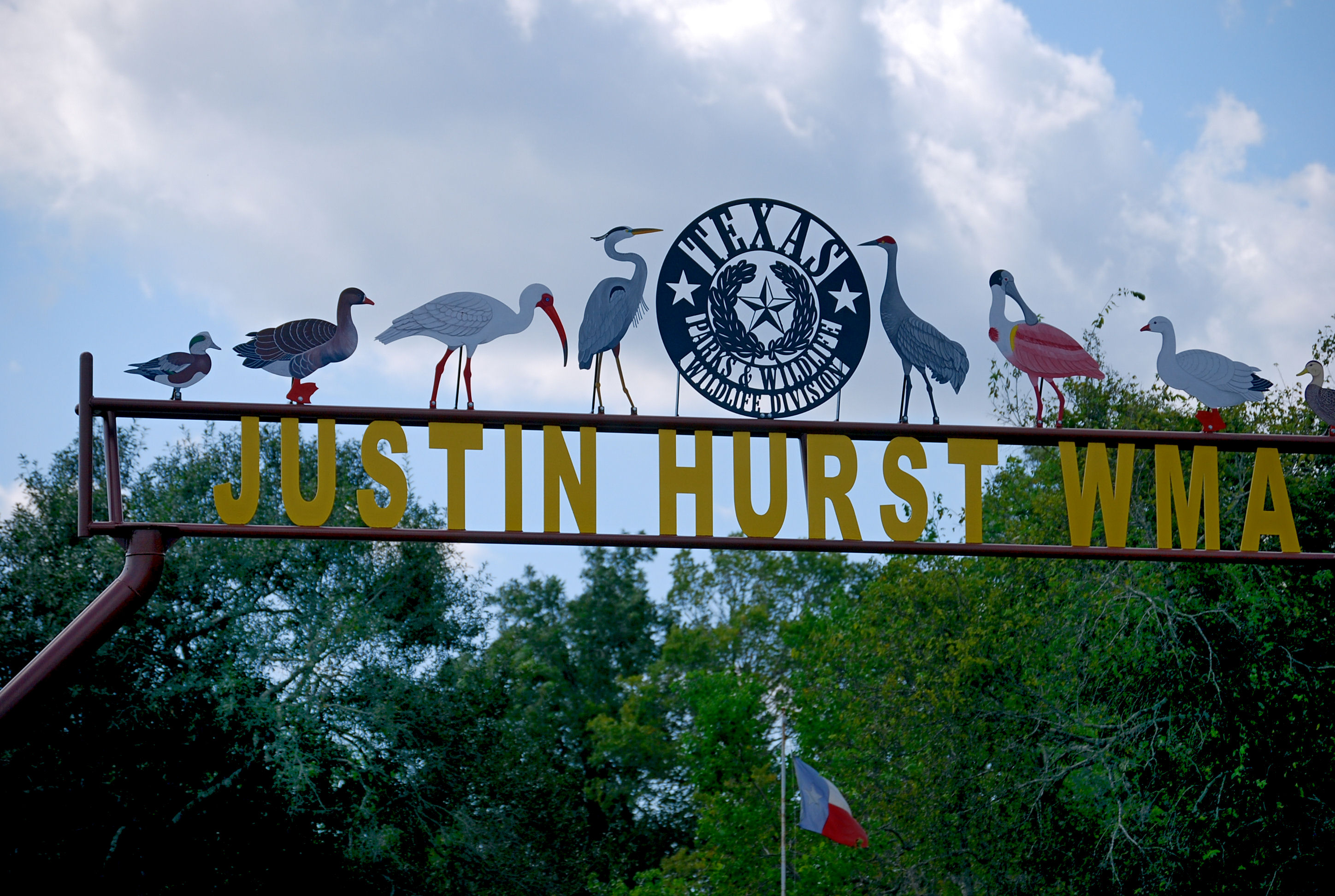

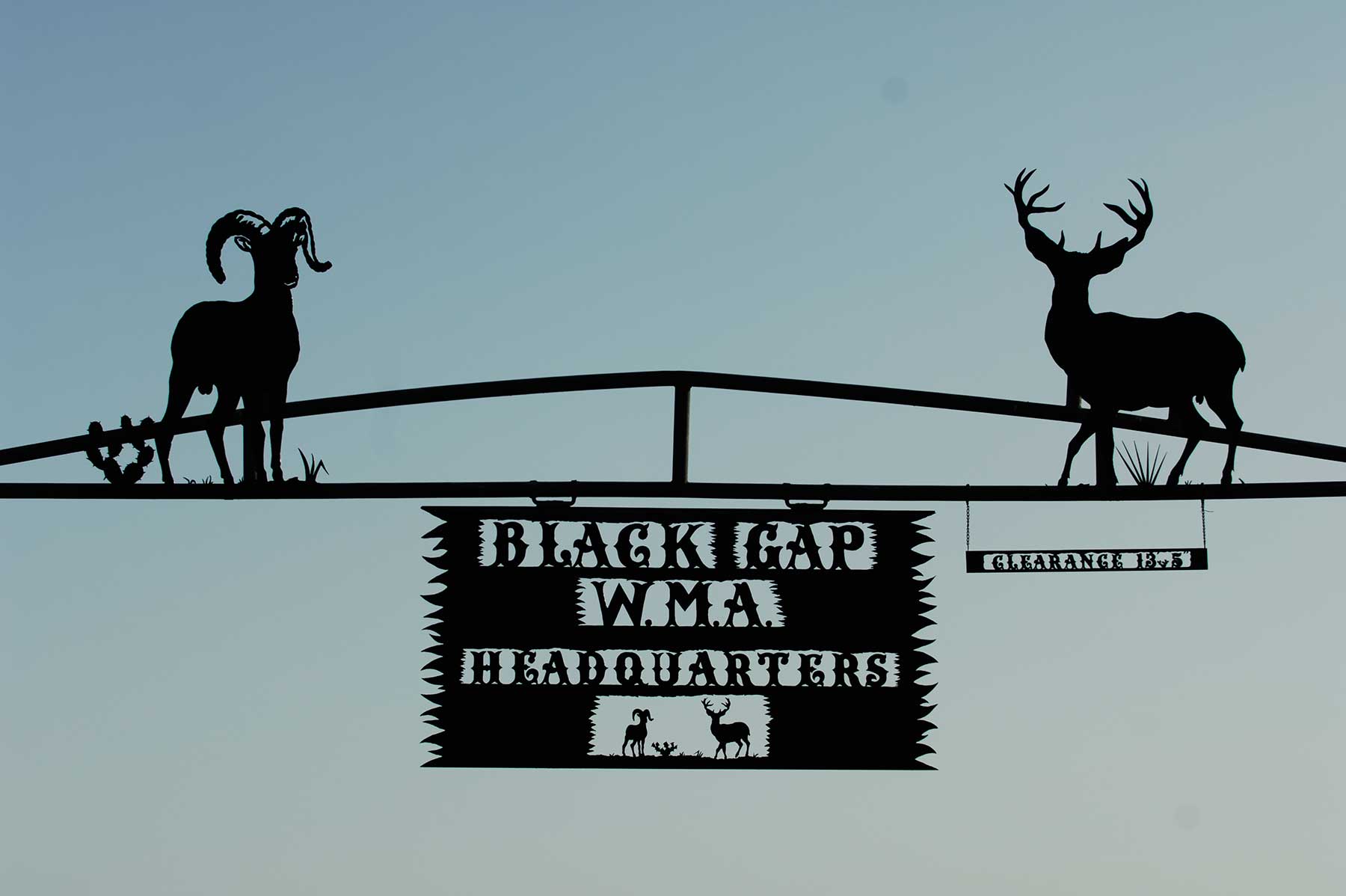
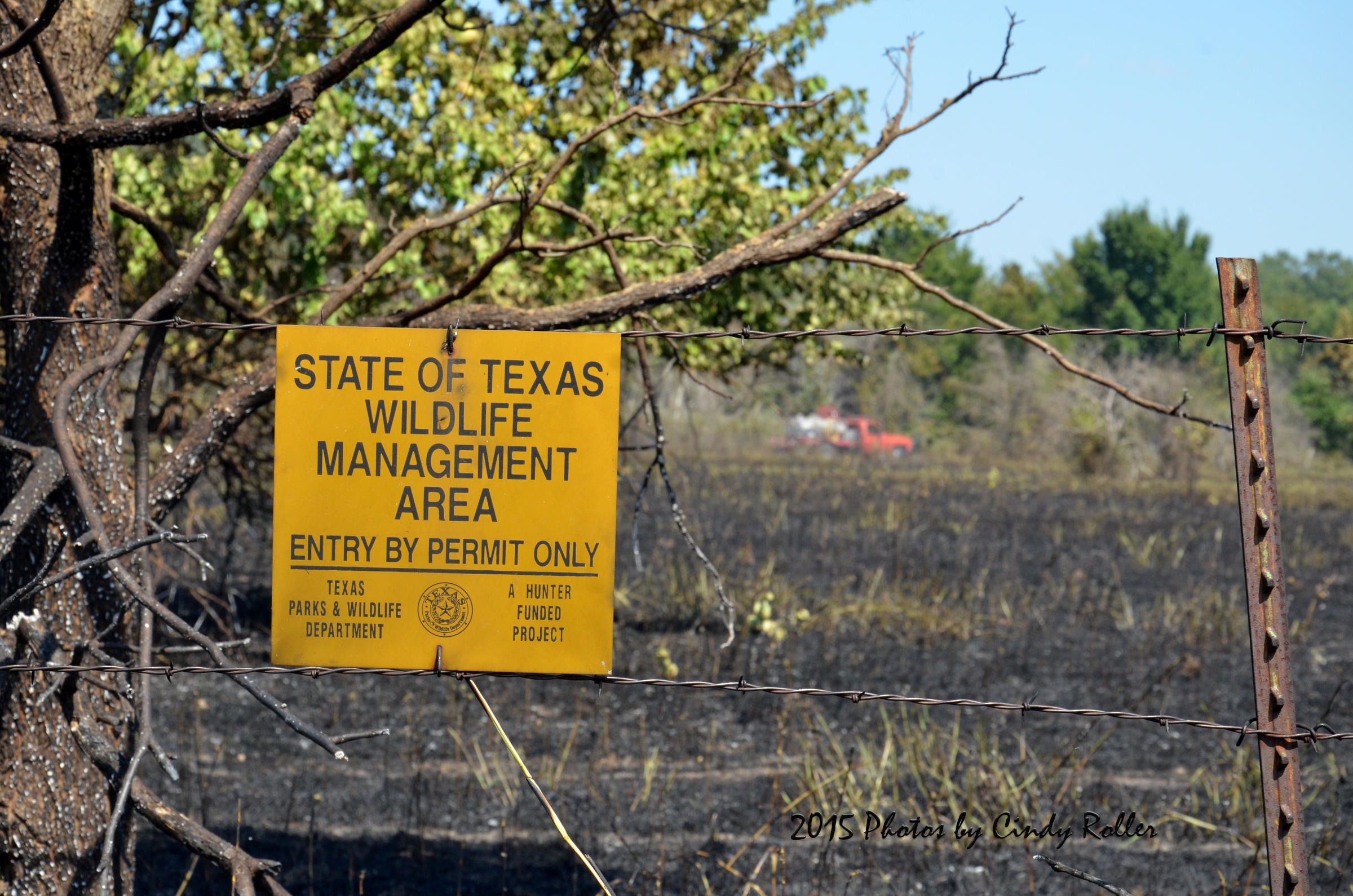
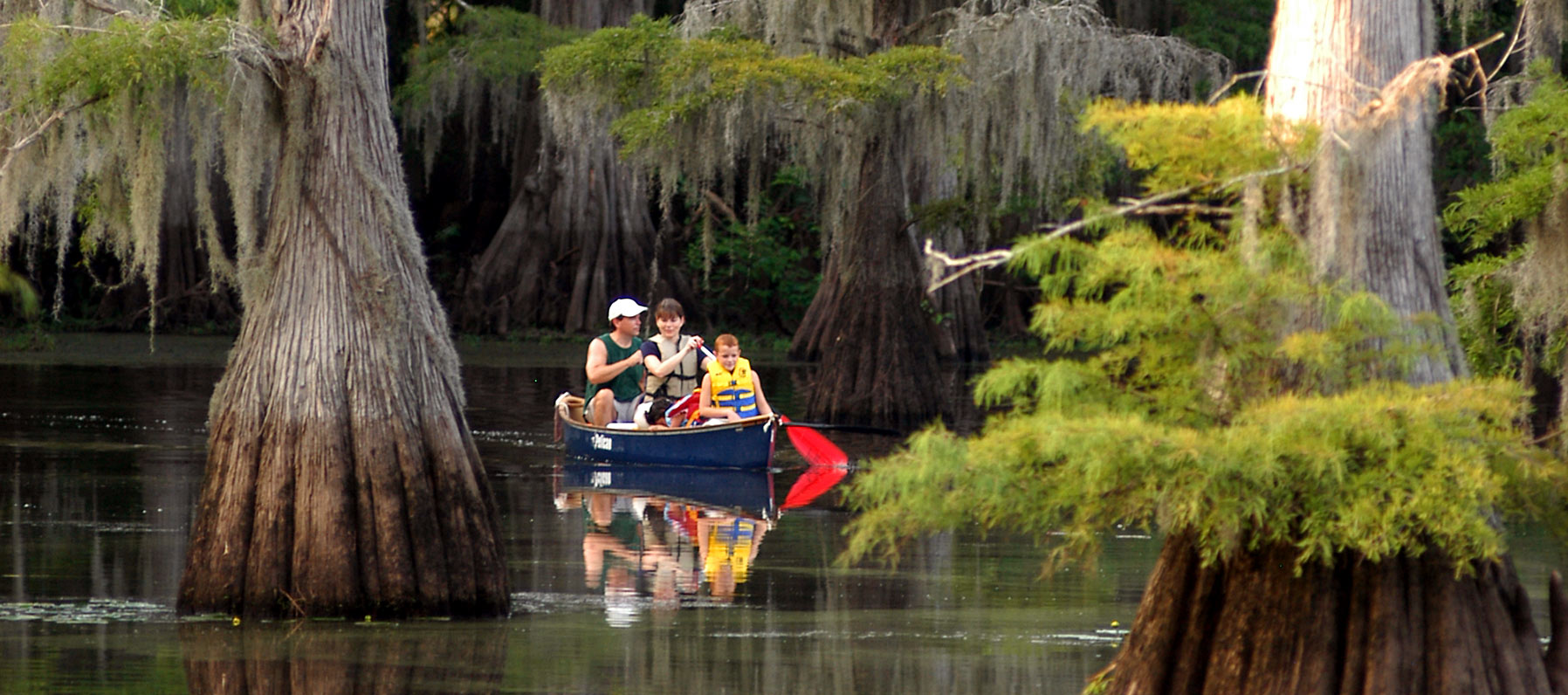
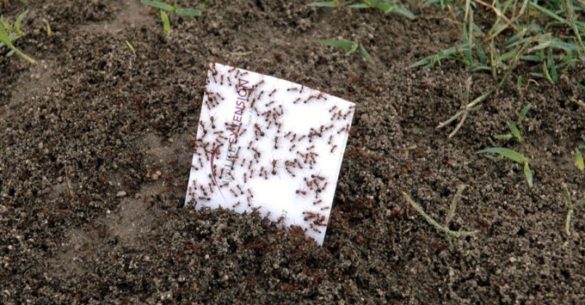

 Passport to Texas is a
Passport to Texas is a  Passport to Texas is made available by:
Passport to Texas is made available by: